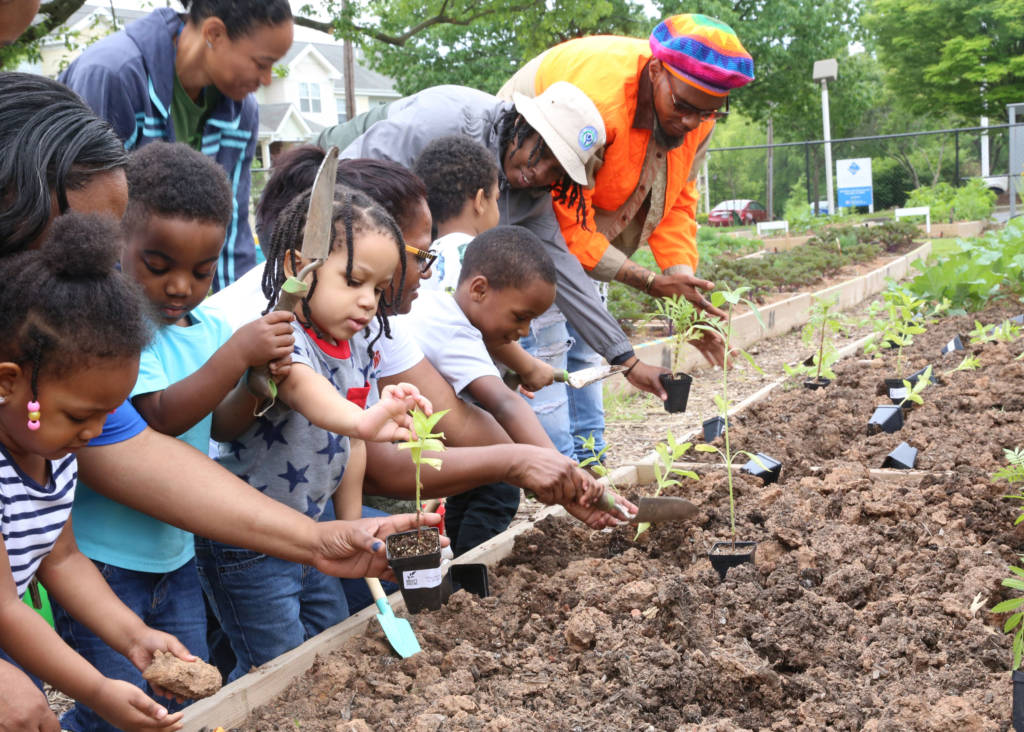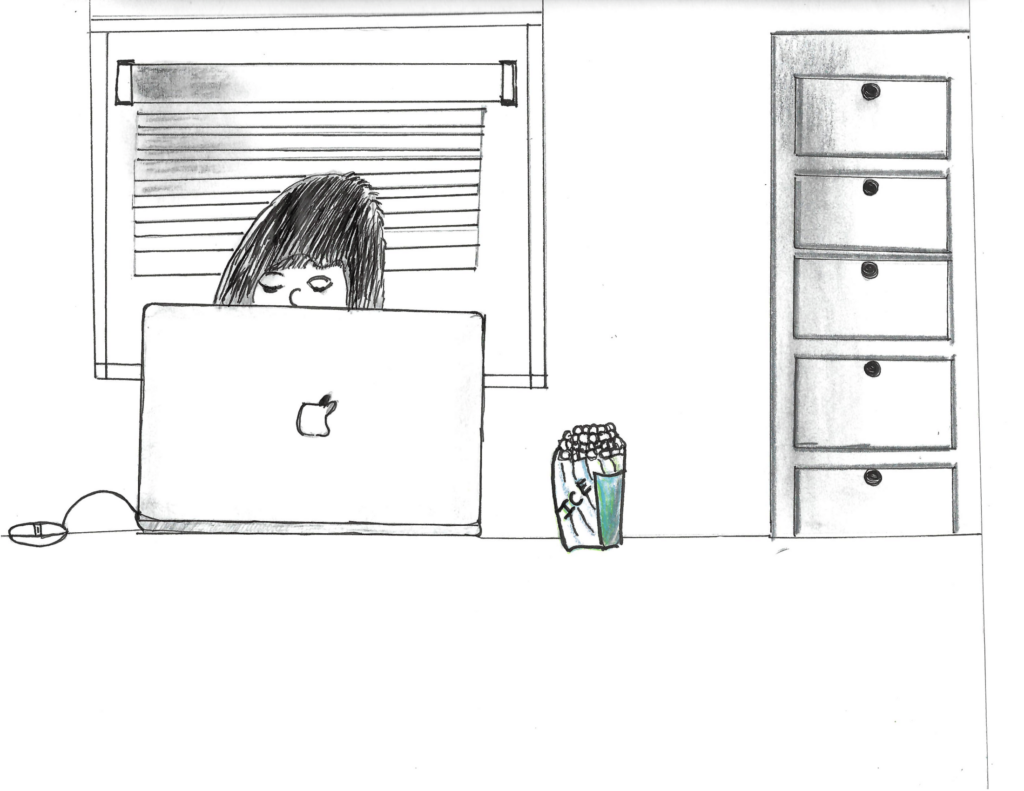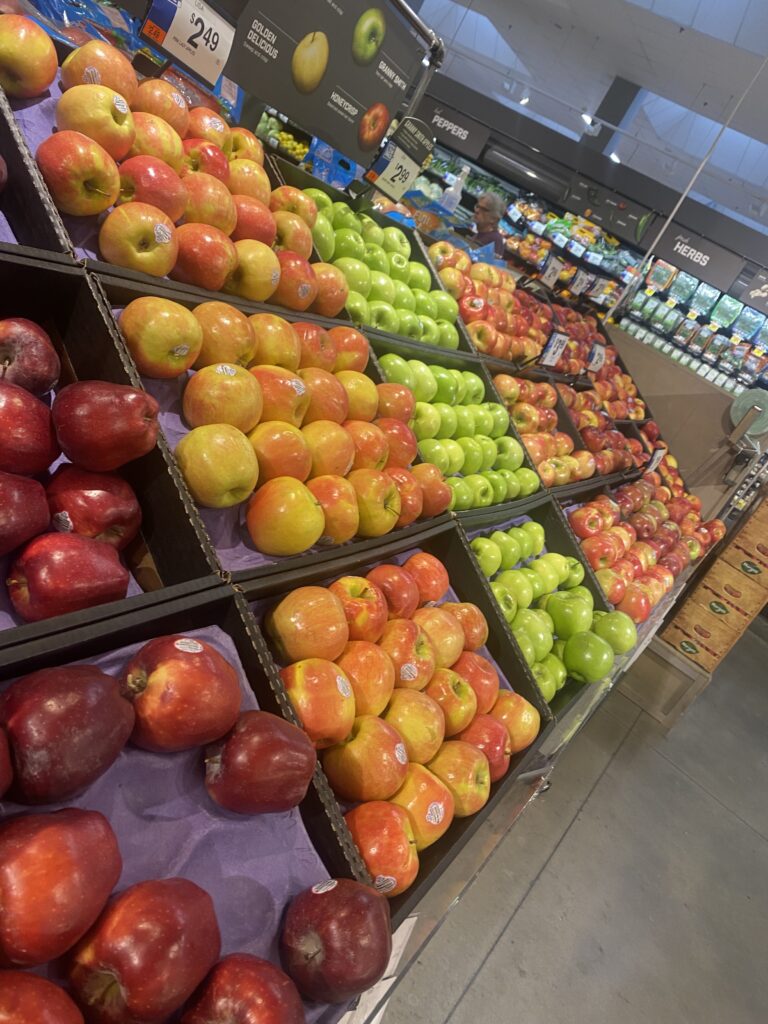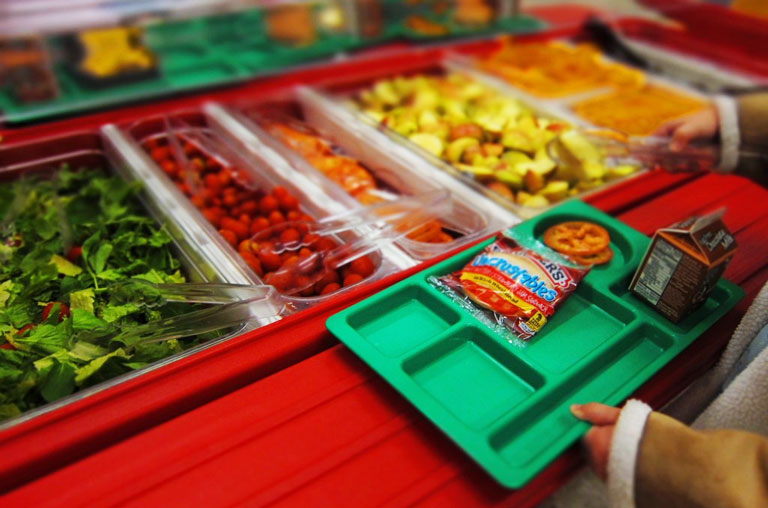A new awareness of healthier options and, more importantly, access to those options is taking hold east of the Anacostia River.
In April, Ward 8’s Giant grocery store inaugurated its Produce Rx program that will enable AmeriHealth Caritas patients with chronic conditions who receive “food prescriptions” to obtain vouchers for weekly or biweekly food purchases.
[Read more: This pilot program allows health clinics to prescribe produce to improve health, supported by grocery vouchers]
Seeds of Change, the Mars Food brand that sells organic food and seeds, is providing $115,000 to promote greater awareness of healthier food options for residents of Wards 7 and 8. In addition to funding food preparation demonstrations and healthy cooking classes, the grant supports an internship position and in-kind contributions of seeds.
It’s all part of a larger effort east of the Anacostia River to lessen the bedeviling inequity that comes with a food desert. Scott Kratz, director of the 11th Street Bridge Park project, noted that his Capitol Hill neighborhood west of the river offers a number of full-service grocery stores to serve the more than 84,000 residents of Ward 6.
Seven full-service grocery stores were licensed in Ward 6 as of Jan. 16, but there is only one full-service grocery store serving Ward 8’s 80,000-plus residents, the Giant that is piloting the Produce Rx program.

Those inequities are consistent with D.C. Department of Health’s 2018 D.C. Health Equity Report and correlate with race, class, and educational levels.
Compared to the rest of the District, they are consistent with lower lifespans and higher levels of chronic diseases such as heart disease, diabetes, and hypertension, in which poor diets are often a culprit. D.C. Health’s report states that reducing the city’s health inequities depends largely upon “multiple sectors working collaboratively, each doing their part in promoting improved outcomes.” It’s not all that different in phrasing from the language used by the recipient of Seeds of Change’s $115,000 grant — an organization called Building Bridges Across the River (BBAR).
The organization held its first class funded by the grant at its Town Hall Education Arts Recreation Campus — better known as THEARC — on Saturday, May 25. Fifteen attendees led by D.C. Central Kitchen chefs learned how to make ratatouille and a spinach salad with strawberry vinaigrette.
[Read more: DC Central Kitchen partnered with Building Bridges Across the River to bring services to THEARC in Ward 8]
THEARC, perhaps BBAR’s best-known project, houses facilities for organizations that serve Wards 7 and 8, such as The Washington Ballet, Boys and Girls Clubs, Children’s National Medical Center — all either free to participants or at affordable rates.
Gentrification-wary residents and organizations have not always responded warmly to BBAR projects, such as the 11th Street Bridge Project, which intends to develop the antiquated 11th Street bridges linking the Anacostia neighborhood in Ward 8 with the Navy Yard neighborhood in Ward 6. An Empower D.C. representative criticized the project in the City Paper a few years ago, arguing it was not a “concept of the community” and that private developers should not be given public land in Southeast D.C.
[Read more: The new park is expected to drive up housing prices in Ward 8. Could a land trust prevent that?]
BBAR organizers contend they employed a planning model reliant on community participation in developing the 11th Street Bridge Park project, noting that such research led to efforts helping renters become homebuyers and to aid small businesses. The organizers also want urban agricultural space and one is planned.
But a network of six BBAR farms that the organization calls “Bridge Park Plots” already exists in Ward 8, including THEARC Farm.
Standing tall and thin in the urban farm at THEARC, Jerome “JJ” Boone, 28, explained that he had a serious weight problem while growing up. The food he ate was too often packaged food or fast food.
“We all need food. That was the food that was here. So I ate it,” Boone explained, surrounded by plants in the urban farm. He changed his diet before coming to work at THEARC, but Boone relishes the opportunity to educate himself and others on good health and nutrition.

Six years ago, Boone was just one of several young men in need of a job, standing by an ice cream truck near Parklands in Congress Heights, the same community where the farm is located. A woman approached asking who needed work. Boone’s resume was on his phone and he sent it right away. He started working as a garden associate and now manages the farm.
“This is something I never thought I’d be doing, let alone interested in,” Boone said. He has studied bees and permaculture, which places emphasis on sustainable agriculture.
The farm keeps bees to promote pollination and he has placed marigolds at the ends of the seed beds, not just for their aesthetic value but to deter pests.
Pointing at a row of trees, Boone said they grow peaches, pears, apples, and the lesser-known but nutritionally rich pawpaws. “And there’s asparagus beyond the trees,” he added.
Kale, collards, onions and potato crops are planned for this summer. And in the “hoop houses,” a stripped down version of greenhouses, there are seeds for okra, peppers, and tomatoes.
Boone thinks there is potential for more urban farming and its products in Southeast D.C. “People just need to be introduced and informed.”
With some of the produce generated at the farms, BBAR has been providing another community-supported program, Community Raised Inspired and Sourced Produce (CRISP), that Boone describes as “like buying a magazine subscription.” The buyer receives the product in periodic installments or shares.

BBAR’s “preferred” CRISP participants include people experiencing homelessness; with refugee status; receiving federal benefits such as SNAP, TANF, and Medicaid and participants in D.C. Green’s Produce Plus program. Five dollars, paid weekly, purchases a single share of locally-grown produce, enough for small households. Ten dollars covers a family share for a household of four or more. Pickups are held once a week at either THEARC, National Children’s Center, or Kelly Miller Middle School.
This year is organized differently, Boone explained. Rather than receive the produce in pre-packed bags, people will be able to select their fruits and vegetables. The produce will be set out so it will be more like a shopping experience.
So far this year, 84 people are participating in the spring season of the program. A BBAR spokesperson said they’ll have two more seasons, summer and fall, and anticipate a couple of hundred residents participating.
THEARC Farm and the Bridge Park Plots grew approximately 3,000 pounds of produce in 2018. Nearby Maryland and Virginia farms also supply produce for CRISP.
CRISP participants can also attend healthy cooking classes. Nelson Molina, the chef at National Children’s Center, will focus the classes on how people can eat healthy at reasonable costs. Molina preaches the need to use less sodium, less sugar, and less fat when preparing food.
THEARC Farm and the Bridge Park Plots are small compared to the farms in rural areas and therefore represent just part of the solution to food inequity in Ward 8.
However, Boone sees his work and those of the other urban farms in D.C. as playing an important role in changing neighborhoods and lives. Working for THEARC Farm helped turn his life around.
It helps produce fresh food for families, including those receiving federal benefits. And kids learn from seeing the farms. For instance, one of the charter schools housed at THEARC has a designated plot on the farm, enabling the children to apply some of what they learn in science and health classes to the real world.
“We are doing what we can and what we are doing is big,” Boone said.
Correction (11.04.2019)
This article has been updated to identify that two of the photo used were taken at the National Children’s Center’s farm. The captions for those photos previously said they showed scenes from the THEARC farm, like the other two photos published with this story.








